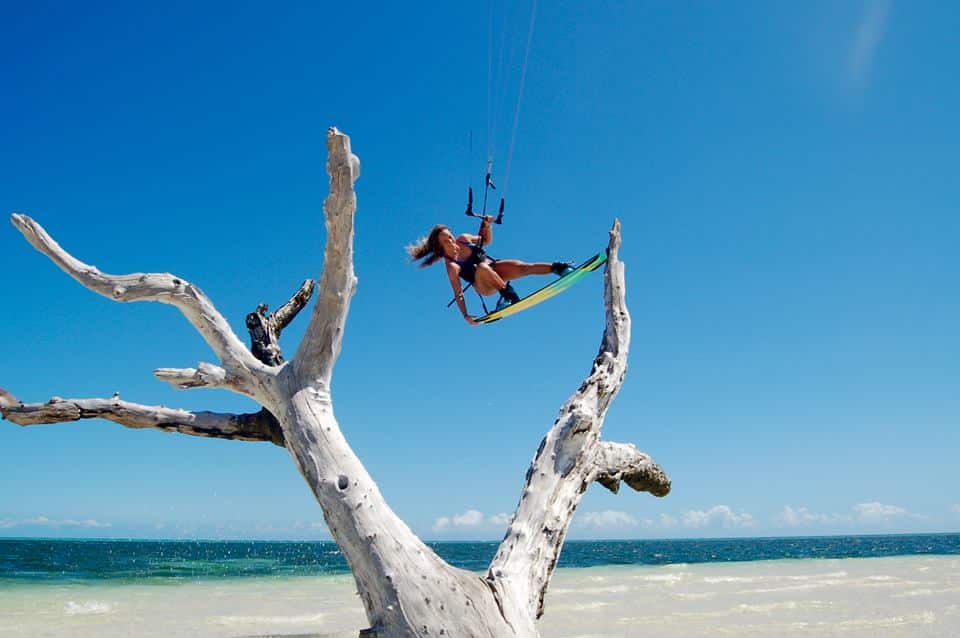Welcome to the world of surfing, where the ocean is your playground and the waves are your friends. As a beginner, surfing can seem daunting, but with the right approach, you can catch your first wave and experience the thrill of riding the ocean. In this beginner’s guide, we will cover everything you need to know about surfing, from choosing the right board to paddling out and catching your first wave.
Choosing the Right Board
The first step in learning to surf is choosing the right board. A good beginner’s board is typically long and wide, providing stability and buoyancy to make catching waves easier. Soft-top boards are a popular choice for beginners, as they are forgiving and less likely to cause injury. When choosing a board, consider your height and weight, as well as the conditions of the waves you will be surfing.
Paddling Out
Before you can catch a wave, you need to paddle out to the lineup, where the waves break. Paddling can be tiring, so it’s important to conserve your energy by using proper technique. Lie on your board with your chest on the board and your feet hanging off the back. Paddle with your arms, keeping your elbows bent and your fingers together. Kick your feet to help propel yourself forward. As you approach the lineup, watch for other surfers and avoid cutting in front of them.
Catching Your First Wave
Now it’s time to catch your first wave! To do so, position yourself on your board with your chest up and your feet hanging off the back. As a wave approaches, start paddling towards shore, using your arms and legs to gain speed. Once you feel the wave lift your board, pop up to a standing position. Keep your weight centered over the board, and use your arms for balance. As you ride the wave, look ahead to anticipate any changes in the wave’s shape or direction.
Staying Safe
Surfing can be a dangerous sport, so it’s important to stay safe in the water. Always surf with a friend, and never surf alone. Watch for other surfers and be aware of your surroundings. If you find yourself in a rip current, don’t panic – paddle parallel to the shore until you are out of the current, then paddle back to shore. Always wear a leash, which attaches your board to your ankle and helps prevent it from washing away if you fall off.
Surfing Etiquette
In addition to the basic skills required for surfing, there are also important surfing etiquette rules that you should follow. Surfing is a social sport, and respecting other surfers in the water is key to maintaining a safe and enjoyable experience for everyone.
The first rule of surfing etiquette is to never drop in on another surfer. Dropping in means cutting in front of another surfer who has already caught the wave. This is dangerous and can cause collisions, so it’s important to wait your turn and be patient.
Another important rule is to respect the lineup. The lineup is the area where surfers wait to catch waves, and it’s important to avoid cutting in front of other surfers or blocking their path. If you’re new to surfing, it’s a good idea to observe the lineup for a few minutes before paddling out, so you can get a sense of the flow and avoid any conflicts.
When you do catch a wave, it’s important to ride it safely and avoid endangering other surfers. If you’re riding a wave and see another surfer in your path, it’s your responsibility to steer clear and avoid a collision.
Finally, be respectful and courteous to other surfers in the water. Share waves, offer help if someone is struggling, and always remember that surfing is a community sport that relies on mutual respect and camaraderie.
Advanced Techniques
Once you’ve mastered the basics of surfing, there are a variety of advanced techniques that you can try. One of the most important is the bottom turn, which involves carving your board along the bottom of the wave to gain speed and set up for your next maneuver.
Another advanced technique is the cutback, which involves making a sharp turn back towards the breaking part of the wave. This can be a challenging maneuver, but it allows you to stay on the wave longer and ride it all the way to shore.
Other advanced techniques include aerials, which involve launching your board into the air, and tube riding, which involves riding inside the barrel of a wave. These maneuvers require a lot of skill and practice, but they can be incredibly satisfying to pull off.
Conclusion
Surfing is a thrilling and challenging sport that requires a combination of skill, technique, and respect for the ocean and other surfers. By following these tips and practicing regularly, you can catch your first wave and continue to improve your surfing skills over time.
Remember to always prioritize safety and respect for others, and to have fun and enjoy the incredible experience of riding the waves. Whether you’re a beginner or an advanced surfer, there is always something new to learn and discover




